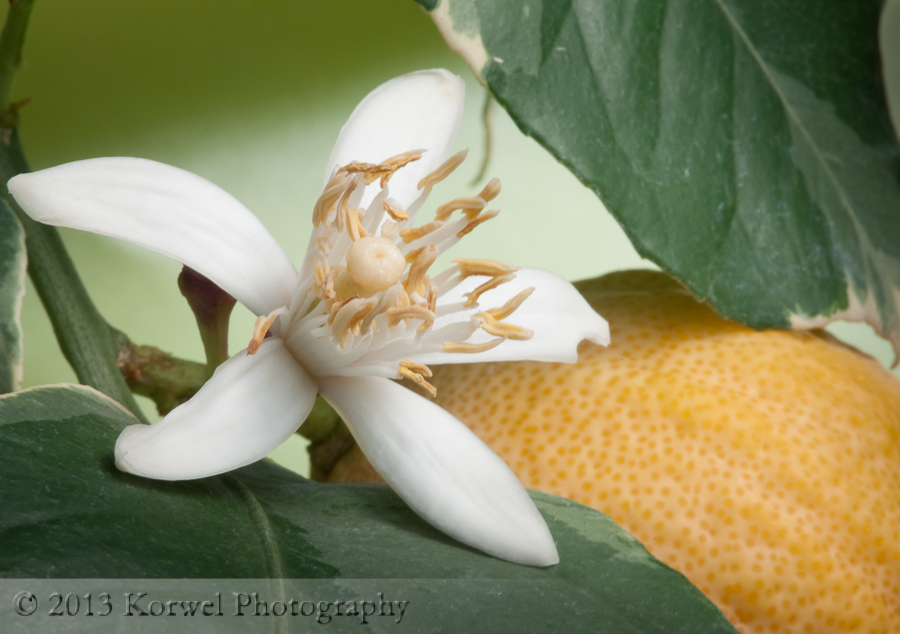On those who need to clean their sensor
Are you one of those photographers who claim that they never need to clean their sensor? That their images never get the dust spots? Let me bring it to you – I assure you there is close to hundred spots on your camera sensor, you just don’t see it. Regardless how clean you think you keep your lenses and sensor.
If you still have no clue what I am talking about, you probably are a portrait photographer. You are staying most of the time in the safe zone of f/1.4 end of the spectrum, not ever going past f/5.6. For years, I doubt I moved higher that f/11. Even outdoors, f/18 might be hard to handhold, especially in the shadow. With such wide open and medium apertures, you simply do not notice the dust spots.
The problem starts when you get deeper into one of two genres of photography- landscape or macro. Yes, landscape photographer would know right away where I am coming from. I actually realized it for the first time, I when I read David DuChemin’s “Portraits of earth”. When you start using the f/32 to have nice depth of field starting from wildflowers in the foreground extending to those mountains in the distance, your sensor cleaning kit becomes your best friend, and your most important task before or after each shoot is to make use of it. But the same is true for macro photographers. When you get so close to the flower that you start noticing texture on the petals, you need all the depth of field you can get to have all stamens recognizable, too. For me it was slow, f/7.1, maybe f/16, until I went all the way to f/45 and f/51, where the spots started to appear bold, all over the place. It was scary at times, I thought there is something wrong with my gear. In a sense it was, when the lens is not sealing well, the problem escalates. Yet it was mostly my change in shooting style which made it more obvious.
I write this post after finishing off cleaning one of my close up shots (macro of a simple object on a seamless white, not the one below which had only one big problem in the middle of white petal). Those, who ever done it know very well what I am talking about- after first 100 spots, you don’t really know if you are still cleaning up or ruining the texture of the paper ;).
Bottom line is- if you really want to know how clean is your equipment, take a photo from time to time or white wall or blue sky at the highest aperture you lens will close to. This will be very revealing exercise…
Afterwards, you might finally get this sensor cleaning kit and learn how to use it. Some ideas? David DuChemin recommends VisibleDust Arctic Butterfly brush while Moose Petersen swears by Copperhill kits (watch out, the kit depends on your sensor type!).
The links in this post are affiliate links. See details of our affiliate policy here.
